Last Updated on August 30, 2024 by Team Ideas24
Cardboard boxes easily pile up in our homes. Most of the time we reuse them as storage for other things or they head for the trash (or hopefully, recycling) bin. Sometimes they’ll even get used as a protective cover for when we’re doing messy DIY projects.
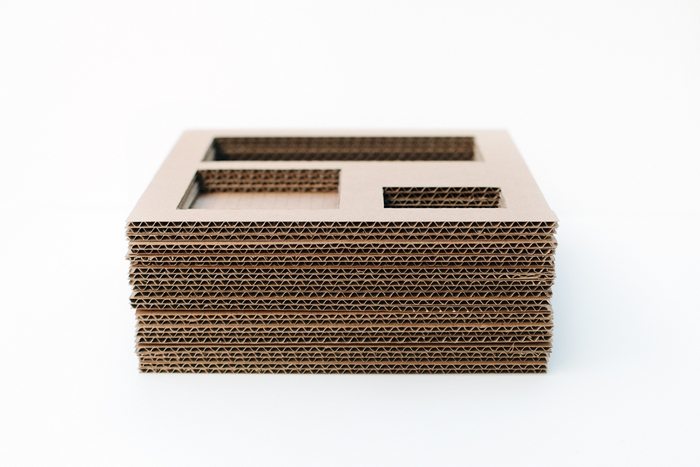
But there are also lots of beautiful things you can create with plain old cardboard. With these ideas, you won’t look at cardboard the same way again. And we can’t wait to gather enough of it to try all these DIY projects!
Contents [show]
Basics of Recycled Cardboard
The term cardboard is also used to refer to corrugated cardboard. These are thick and heavy-duty types of paper known for their durability. In production and processing, well-established markets make it easy to recycle. There are sustainable composting processes that can handle wax, soiled, and wet cardboard, but they are not biodegradable.

Cardboard and corrugated cardboard can be recycled by companies to reduce expenditures on waste disposal. Reprocessing cardboard refers to reusing hard papers or sheets that have been scrapped, used, or deemed waste.
You can reuse a variety of cardboard materials, including boxes, tubes, dishes, fiberboard, and paperboard.
Which types of cardboard are not recyclable?
It is not possible to convert altered cardboard containing grease or oil into first-class cardboard. Same with wet cardboard, these are not recommended to be recycled, since these materials may interfere with the sorting gears used in cardboard recycling. Examples of these boxes are pizza boxes, juice and milk containers, and boxes that have wax or similar materials. In this case, we should remove these contaminated parts and retain the clean parts for the recycling method. We can also check for the recycling sign symbol, usually colored in green and located at the front or top part of the box, to determine whether a cardboard box can be recycled or not.
Most collectors do not accept watery cardboard because the water adds to the weight and recycling centers will also not accept them, since their durability has weakened. If you still want to recycle them, you can still have them used at home. Like a compost load in your backyard, wood burning, and garden insulation.
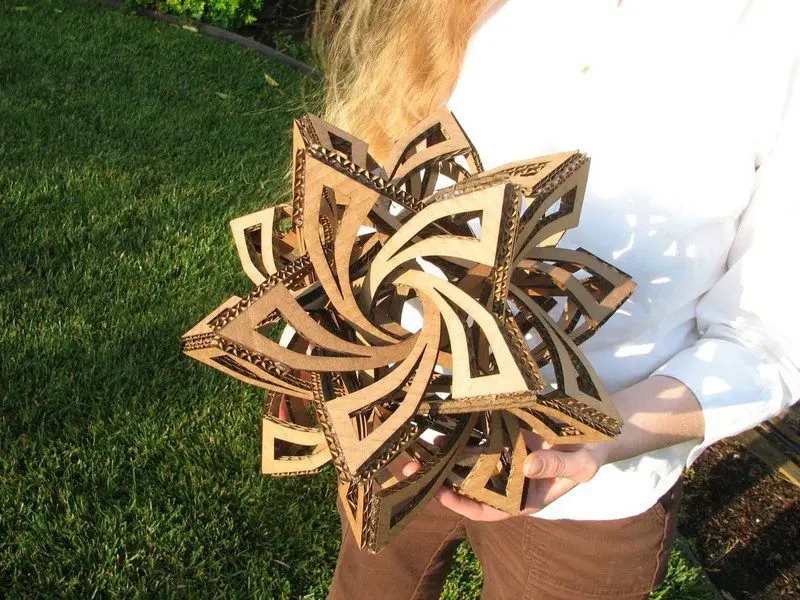
Benefits of cardboard recycling
1. Helps our environment
Recycling processes play a critical role in enhancing waste management practices. They significantly reduce the volume of waste dumped in landfills. Cardboard is a highly recyclable material, with about 70 to 100 percent of it being reclaimable. This high recyclability rate not only supports waste reduction efforts but also conserves natural resources, thereby safeguarding the environment.
Moreover, the act of recycling cardboard minimizes the need to harvest new raw materials, reducing deforestation and lowering greenhouse gas emissions associated with production processes. By recycling cardboard, we contribute directly to environmental protection efforts, helping to maintain a cleaner, more sustainable environment. This process underscores the importance of recycling in building a more ecologically responsible society.
2. Renewable Materials
Often used in the pulping process for paper manufacture, wood chips have a lot of recyclable components. Usually derived from trees that can flourish under a range of environmental conditions, these chips are a consistent source of materials for sustainable building methods.
These trees’ capacity to flourish in many environments guarantees a continuous supply of raw resources and improves the ecological advantages of forest management as well. These trees are replaced or let to regenerate as they are taken, so supporting ongoing cycles of growth and harvest.
Moreover, wood chips are recyclable, thus they can be used in several manufacturing cycles, so lowering waste and the demand for new resources. Through effective use of renewable resources, this helps the paper and forestry sectors to remain sustainable. Good collecting and recycling policies enable responsible management of resources, so reducing environmental impact and so supporting conservation initiatives.
3. Energy preservation
Given that cardboard is among the most recyclable materials, preservation of energy is a main advantage of recycling it. Made mostly of recycled cardboard, corrugated packing products demand much less energy to manufacture than new materials. Furthermore, these goods can be created using a biodegradable technique that makes use of locally obtained resources, so lowering the carbon footprint connected with transportation.
Cardboard recycling especially reduces manufacturing and transportation costs. Furthermore improving the structural integrity of packaging materials helps recycled cardboard products to be more durable without using new, maybe rare resources. This is absolutely vital in sectors depending on robust and dependable packaging solutions.
New cardboard container manufacture does not call for exotic components or significant energy consumption. Incorporating recycled cardboard helps to lower raw material volume needed for manufacture, save energy, and lower environmental pollution.
Apart from supporting sustainable manufacturing techniques, this cycle of reuse and recycling helps a more general endeavor to lower waste and advance environmental preservation. This method, in line with worldwide initiatives to guarantee a more sustainable future, shows a useful application of environmentally friendly technologies in industrial production.
Recycled Cardboard Ideas
Below are brilliant craft ideas you can make with your old recycled cardboard.
Click on any image to start the lightbox display. Use your Esc key to close the lightbox.![]()
1. Desktop Organizer from Design for Mankind
The Desktop Organizer from Design for Mankind transforms recycled cardboard into a chic, functional desktop accessory. It’s a perfect project for those looking to tidy up their workspace with a customizable, eco-friendly solution. The organizer can hold pens, notes, and other small office supplies.
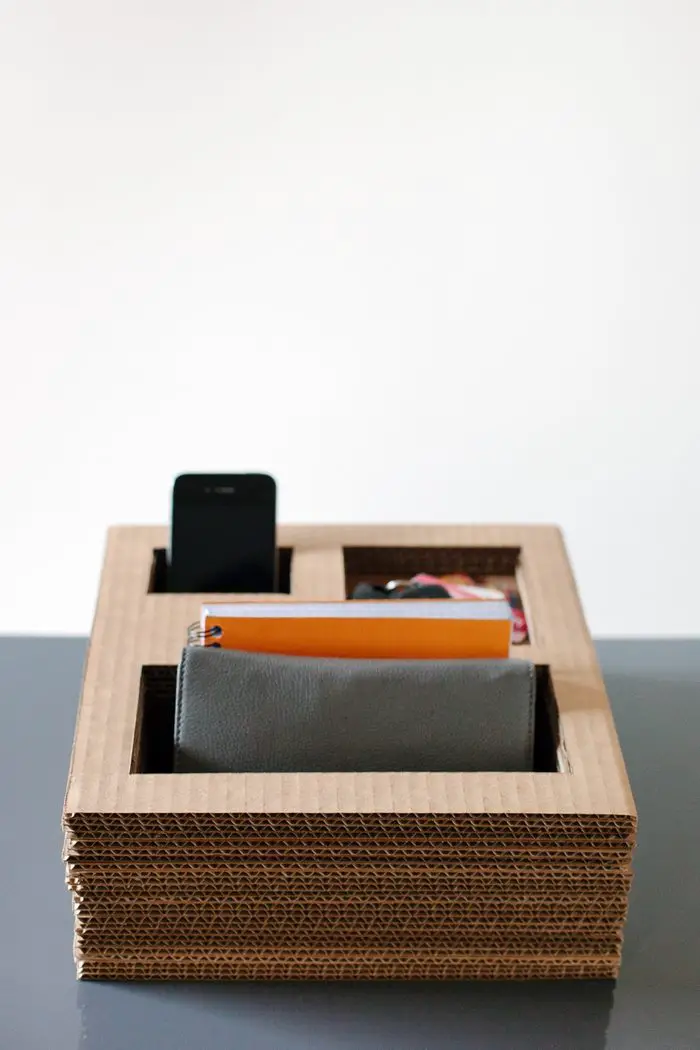

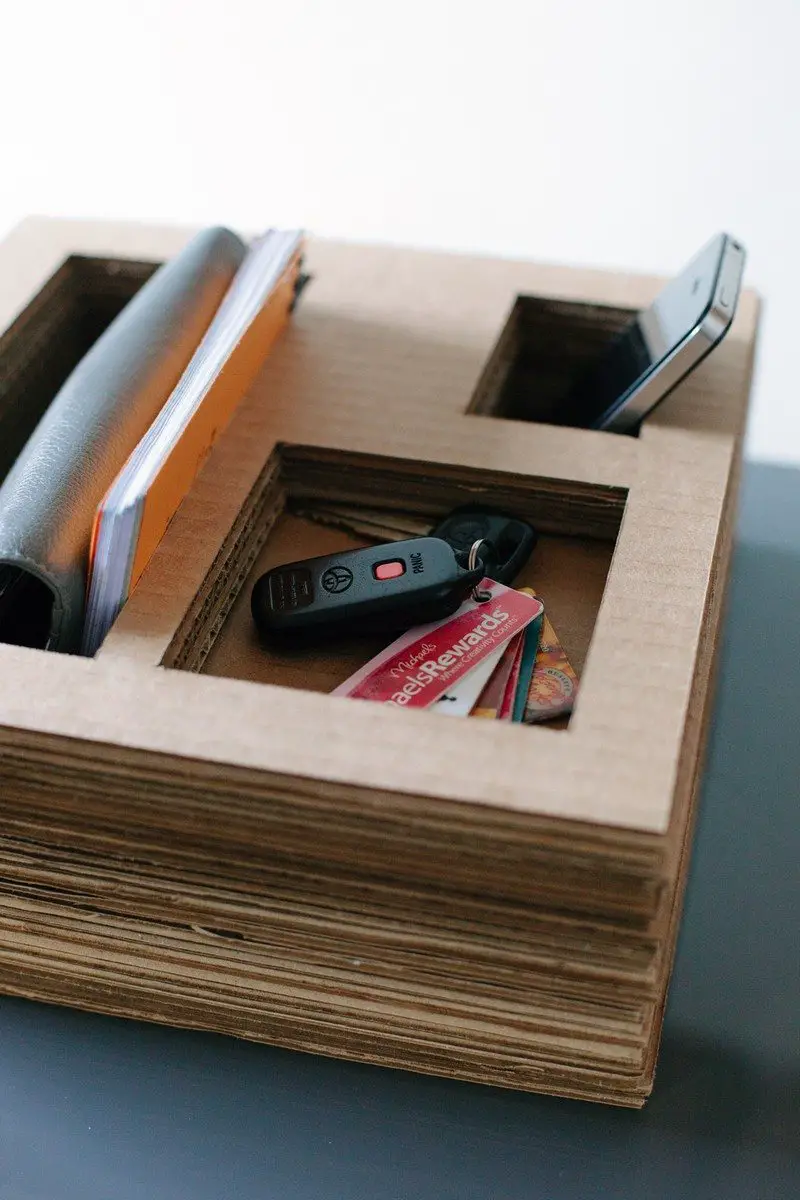
2. Play Dome Recycled Cardboard
The Play Dome Recycled Cardboard project turns large cardboard sheets into a fun, interactive dome for children. It encourages creativity and play while reusing materials. The dome can be painted or decorated, providing endless entertainment and a unique play area.



3. Sequin Letter Garland from A Beautiful Mess
The Sequin Letter Garland from A Beautiful Mess uses recycled cardboard to create festive, sparkling letters. This DIY project adds a personalized touch to celebrations, featuring cardboard cut into letters and adorned with sequins for a glamorous look. It’s ideal for parties, room decorations, or event signage.


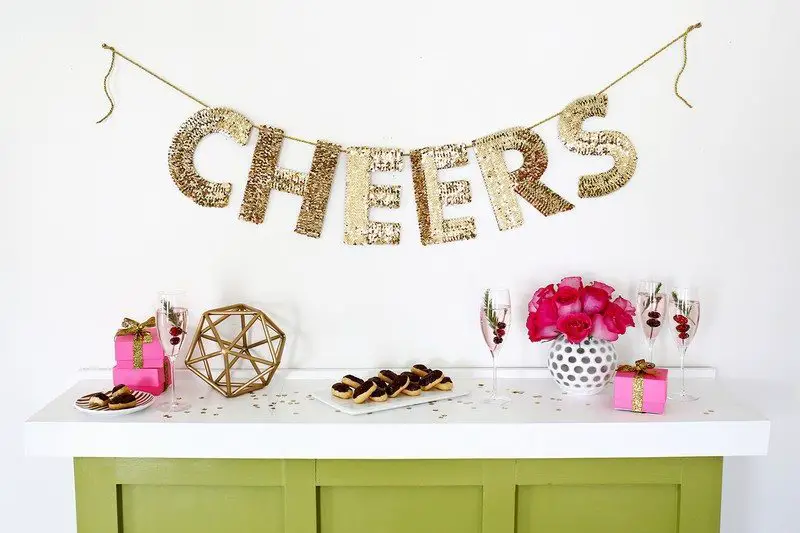
4. Belted Totes from Brit+Co
The Belted Totes from Brit+Co showcase an innovative use of recycled cardboard by turning it into stylish, durable tote bags. These totes are enhanced with colorful belts that serve as both handles and design elements, making them both fashionable and functional. This project is perfect for crafting enthusiasts looking to create eco-friendly accessories.
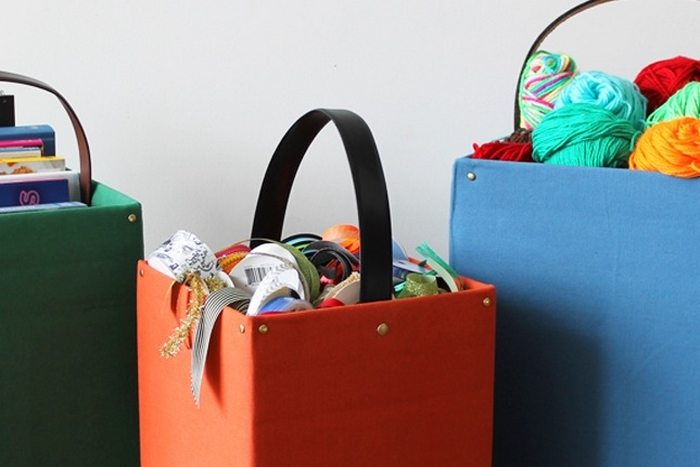
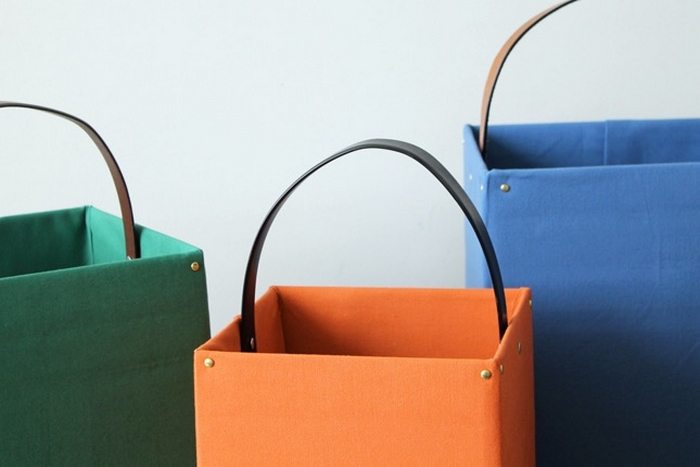
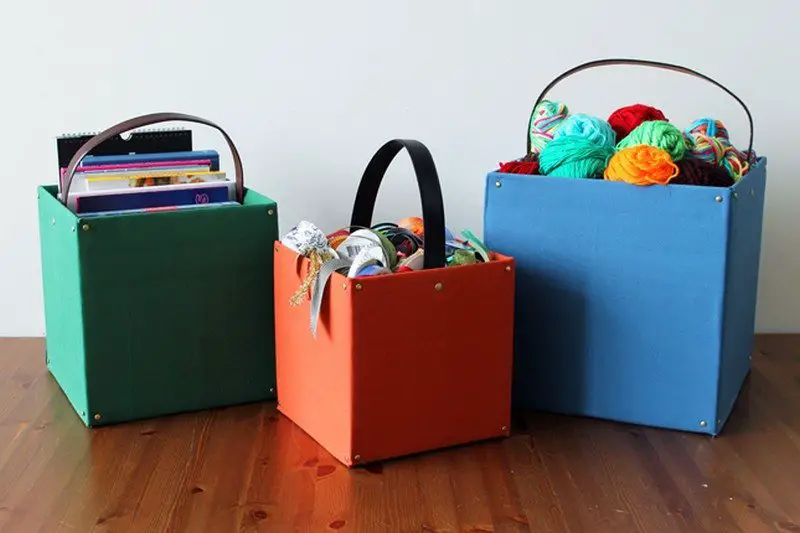
5. Recycled Cardboard Handbound Notebook from robayre
The Recycled Cardboard Handbound Notebook from robayre brings sustainability to everyday stationery. Using recycled cardboard for the cover, this DIY notebook is both environmentally friendly and practical. It allows for customization of size and paper type, making it ideal for personal journals or unique gifts.
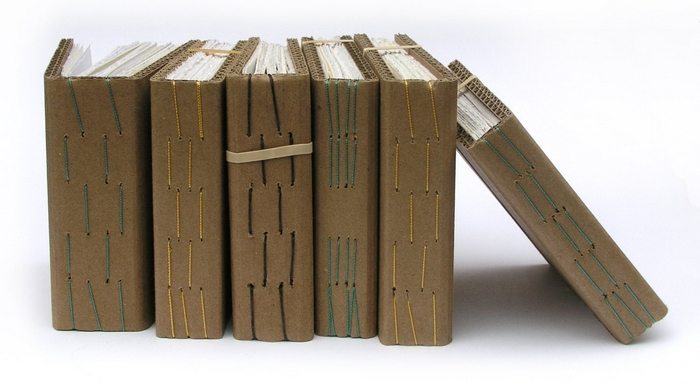
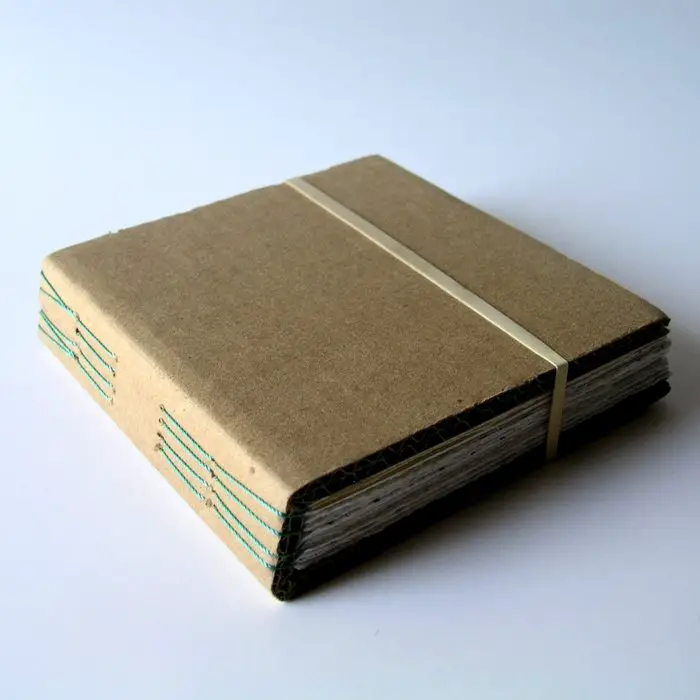
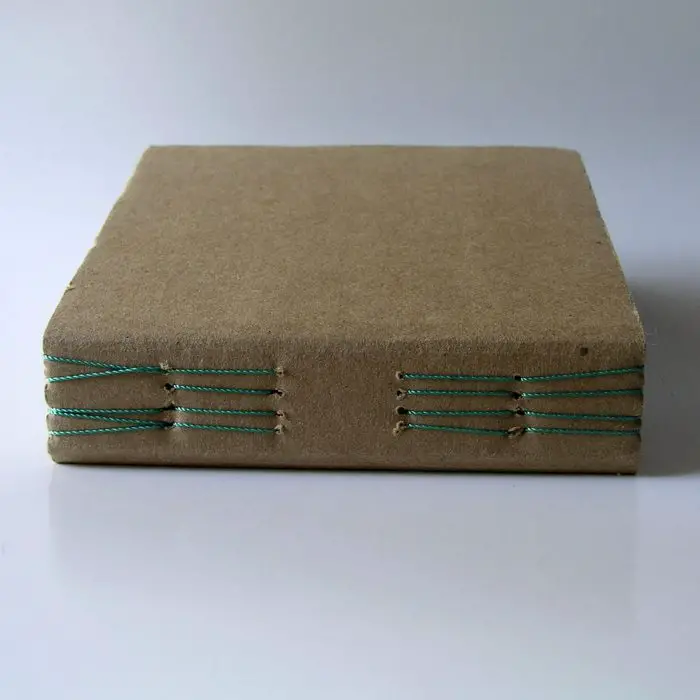
6. Recycled Cardboard Hipster Frames from Photojojo
The Recycled Cardboard Hipster Frames from Photojojo offer a quirky twist on traditional picture framing. These frames use strips of recycled cardboard to create a hip, minimalist look for your photos. Lightweight and easy to make, they’re a fun addition to any room, adding a touch of personality and eco-consciousness.

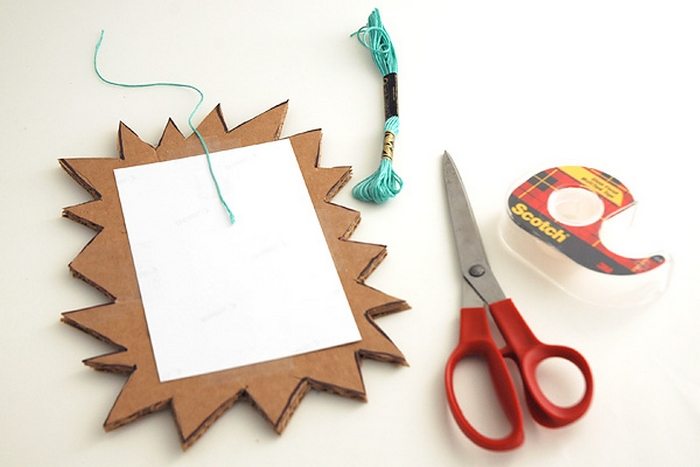
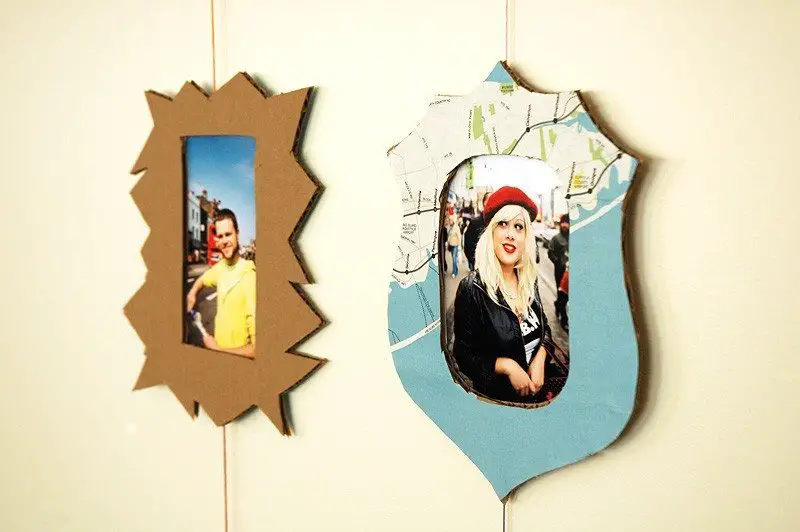
7. Moss Covered Letter
The Moss Covered Letter project involves crafting decorative letters from recycled cardboard, which are then covered in lush, green moss. This project blends the rustic charm of nature with the simplicity of cardboard, creating an eye-catching piece that’s perfect for weddings, home decor, or as a personalized gift.
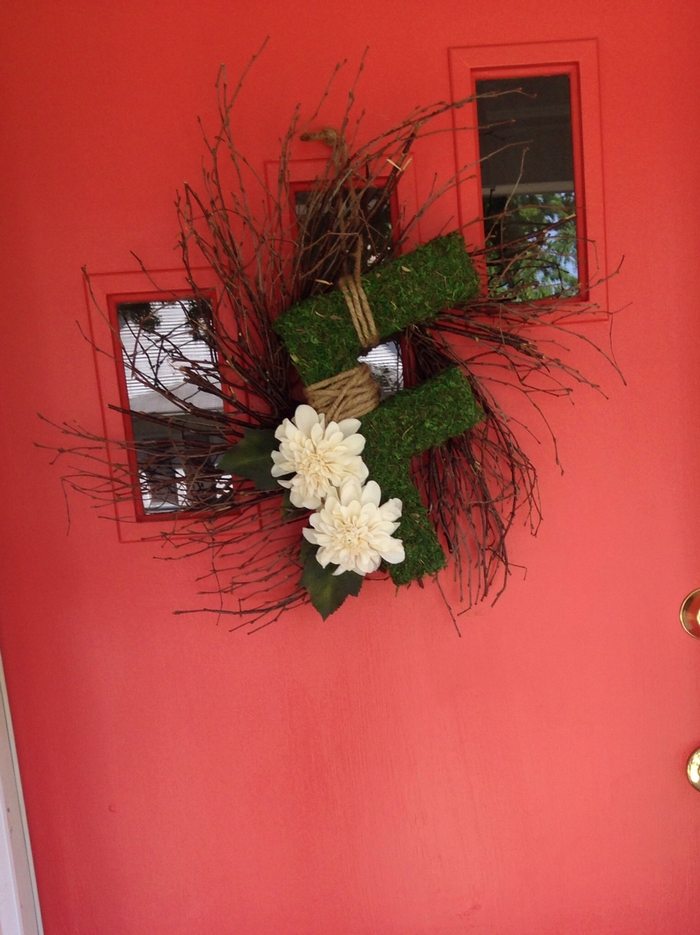


8. Tube Shelf by Tim Peet
The Tube Shelf by Tim Peet utilizes cylindrical tubes made from recycled cardboard to create a versatile and visually appealing shelving unit. This innovative design repurposes cardboard tubes into a functional piece of furniture, ideal for storing books, display items, or other household goods. The project emphasizes sustainability and creative reuse, transforming recycled cardboard into a stylish organizational solution.
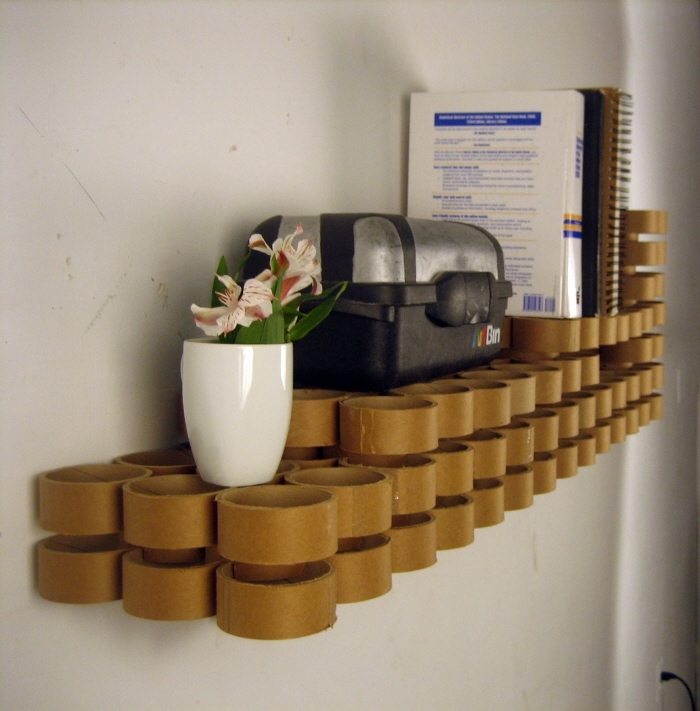
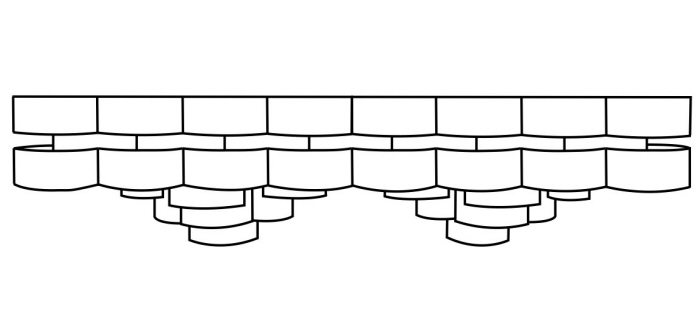
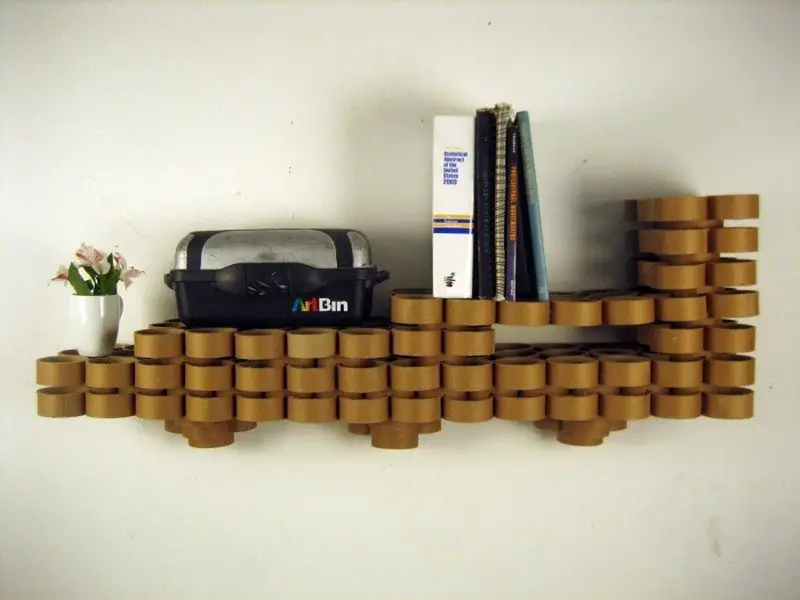
9. Recycled Cardboard Lanterns from Handmade Charlotte
The Recycled Cardboard Lanterns from Handmade Charlotte transform recycled cardboard into enchanting light fixtures that add a warm, inviting glow to any space. This project allows crafters to cut and fold cardboard into intricate designs that, when illuminated from within, cast beautiful patterns. It’s an excellent way for anyone to create affordable, eco-friendly home decor that truly shines during evening gatherings.
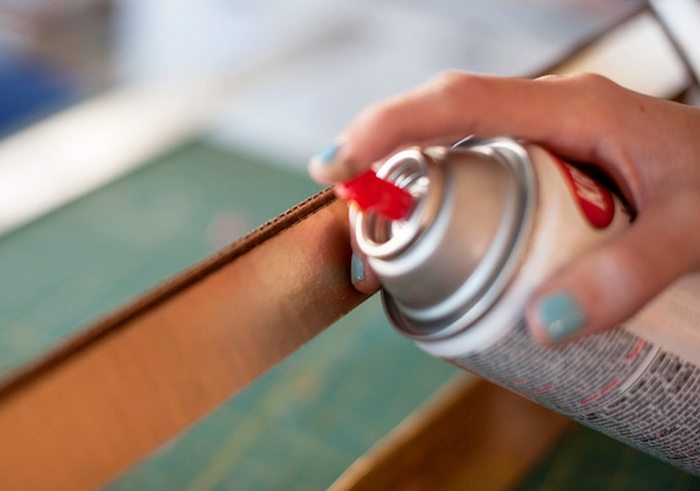
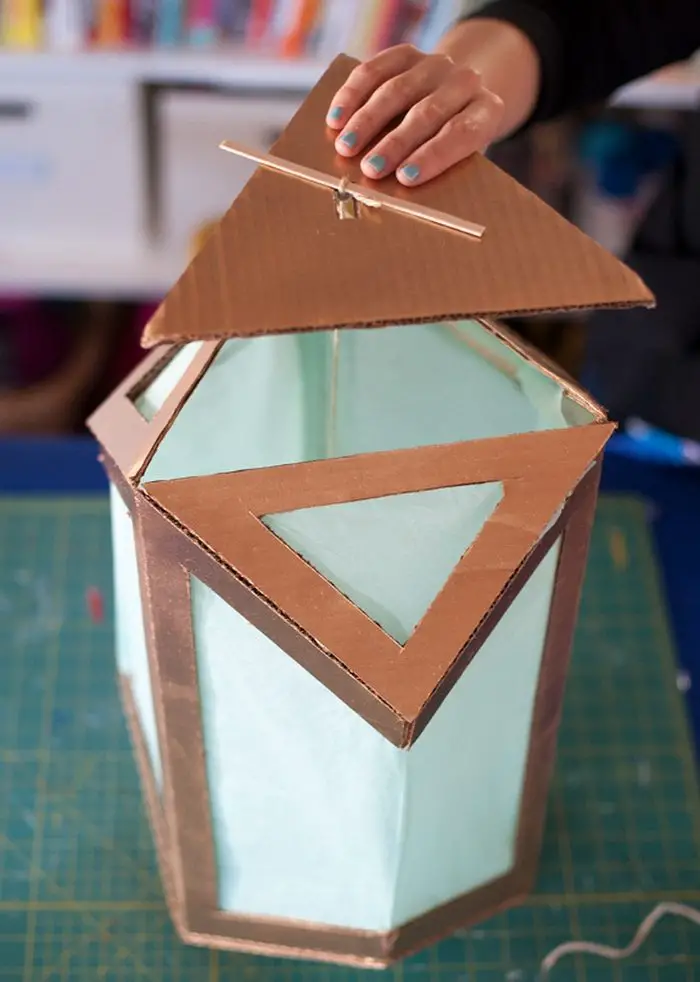
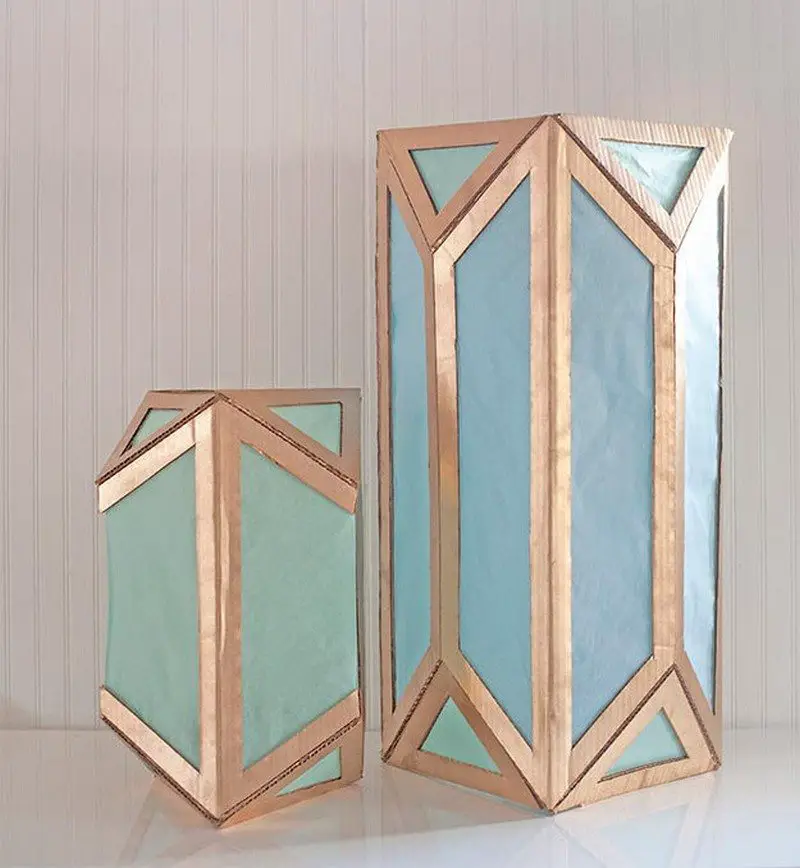
10. Incredible Furniture Pieces from domingos tótora
Incredible Furniture Pieces from Domingos Tótora celebrate the artistic and functional potential of recycled cardboard. Tótora’s furniture line includes stools, chairs, and tables, all crafted from compressed cardboard that mimics the look and feel of natural stone. These pieces not only highlight the durability and aesthetic appeal of recycled cardboard but also its viability as a primary material in sustainable furniture design.
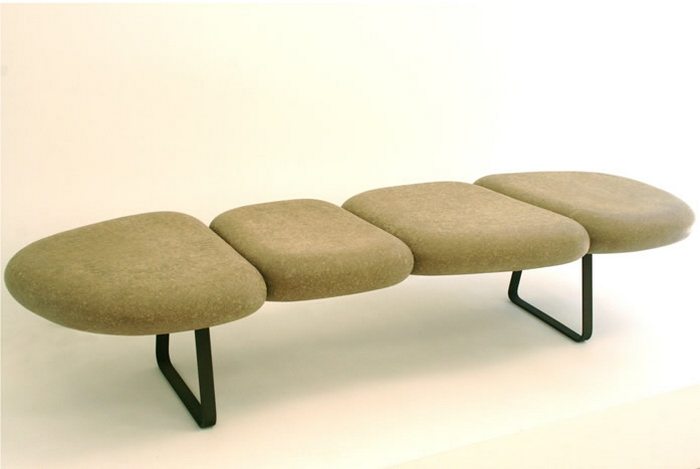
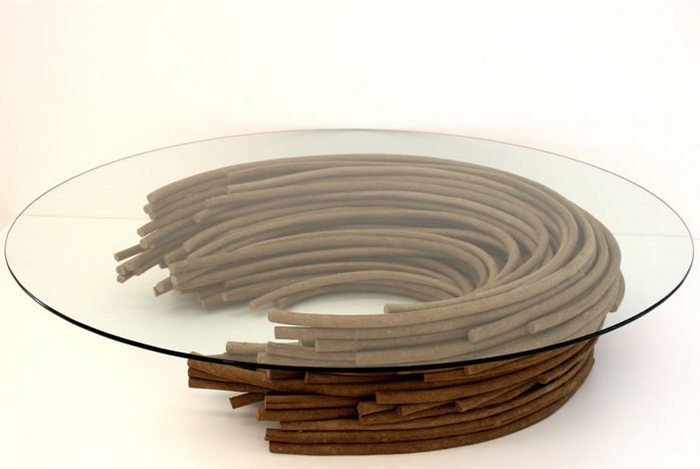
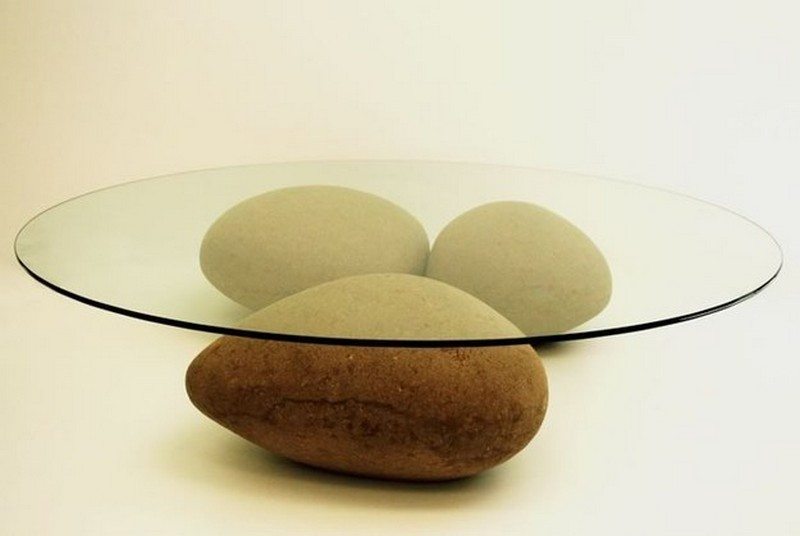
11. Recycled Cardboard Geometric Sculpture Frabjous by George W. Hart
The Recycled Cardboard Geometric Sculpture Frabjous by George W. Hart offers a complex, visually striking project that challenges both the mind and the crafting skills of its maker. Made entirely from interlocking pieces of recycled cardboard, this sculpture showcases the precision and mathematical beauty of geometric forms. It serves as a stunning centerpiece or educational model, demonstrating the intricate possibilities of recycled materials.
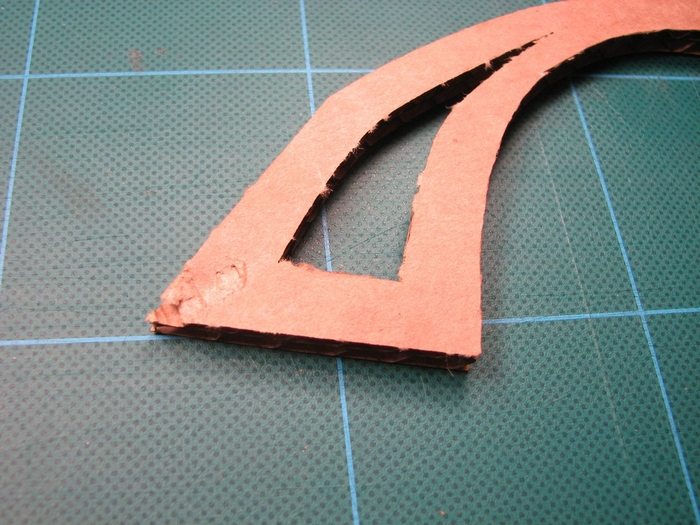
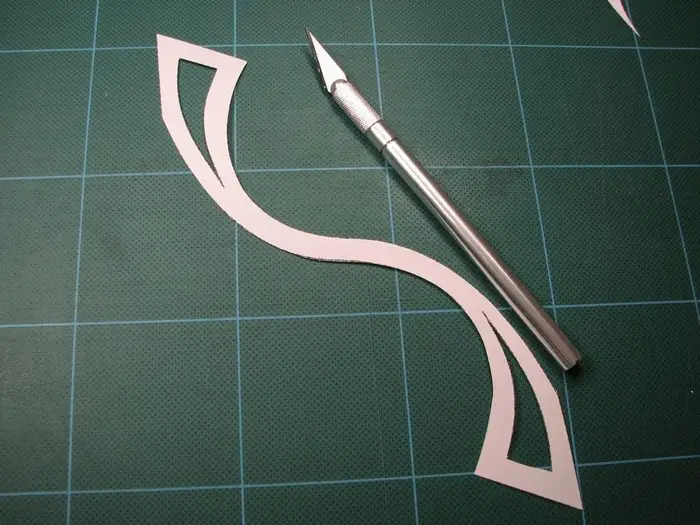

If you liked this project, you might also like to view DIY Cardboard Bonsai Tree and Recycling – are you doing it wrong?





















































